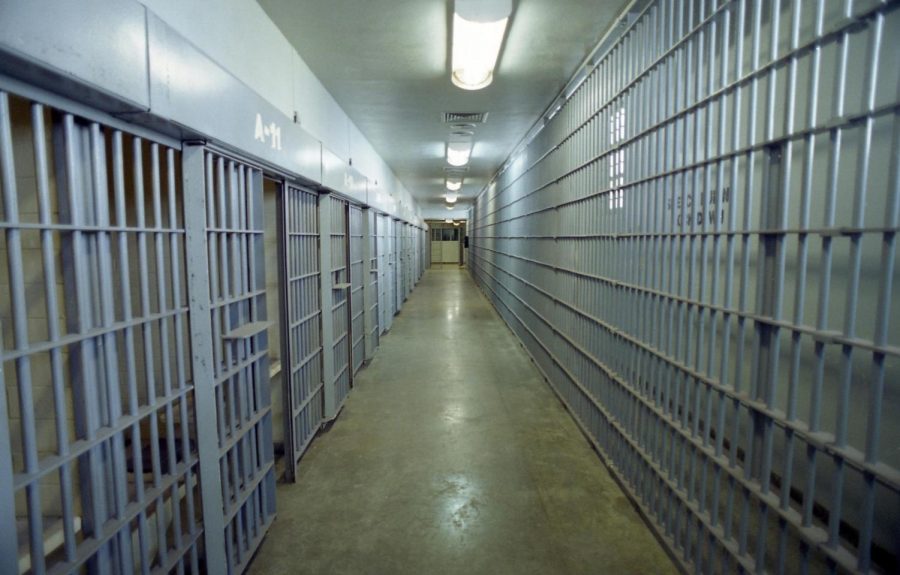What will happen to the 11 prisoners on Conn.’s death row, now that the state has decided to repeal its practice of capital punishment?
That is exactly what lawmakers have been debating since the Connecticut House of Representatives voted 86-62 on Wednesday to abolish the death penalty for all future criminal convictions.
This makes Conn. the 17th state in the U.S. to abolish the death penalty. The state Senate, who passed the bill 20-16, clearly intended that the 11 current death sentences would still be carried out, reports the New Haven Register.
Individuals who commit similar heinous crimes in the future would be subject to life imprisonment without the possibility of parole. Gov. Dannel P. Malloy promises to sign the bill when it arrives in his office.
Democratic proponents of the bill argued that only two men have been executed since 1960, the latest being the voluntary Michael Ross in 2005. Additionally, the state spends $4 million a year on state appeals for death row inmates, which is seen as a “waste of state resources,” reports the New Haven Register.
Many of the inmates never even make it to execution, but rather die of natural causes. The appeals process is seen as prolonged procedure wasted on the death penalty, a penalty which itself is discriminatory against race and geography.
The choice to keep the 11 men on death row was a largely political compromise. To obtain enough votes for approval, a policy change was created so that the 11 men’s punishments would not be reduced to life imprisonment.
Two of the men on death row are Joshua Komisarjevsky and Steven J. Hayes, who were convicted of the Petit murders of 2007. Lawmakers wanted to be assured that these notorious murderers would be eventually executed.
When passed, however, the bill will almost certainly be challenged in court.
William Dunlap, a professor at Quinnipiac University, said to the New Haven Register that he believes the law can survive a challenge. “Whether one thinks of it as bad policy is irrelevant and of no interest to the court, Dunlap said, and will not be the basis of a successful appeal. But he did not think the public defenders who might bring the challenge would win with an equal protection case either.”
Although the death penalty will no longer be the highest conviction, an amendment to the bill proposes that the treatment of death row inmates be applied to future criminals sentenced to life in prison.
A typical day for these inmates would include only two hours of physical activity outside their cell. The remaining 22 hours would be spent within their cell. The inmates would also be subject to random searches, and no physical contact with visitors is allowed.
It is still unclear as to how a state Supreme Court will handle a challenge to the repeal bill, but deeming it “unconstitutional” is unlikely.
State Sen. John Kissel, R-Enfield, who strongly supports the death penalty, said that public defenders will argue “under the 14th Amendment that the new policy represents ‘evolving social norms of human decency’ and they will use this to get inmates off death row.”
Sen. Eric Coleman, D-Bloomfield, co-chairman of the Judiciary Committee said that the men on death row are “not a protected class of individuals. They are not similarly situated to those convicted afterwards.”
However, defense lawyer Hugh Keefe argued that the 11 on death row will probably never reach the final stage of lethal injection.
“The chance of any of those guys being put to death is about as great as winning that $500 million lottery last week. It is just not going to happen,” Keefe said to the New Haven Register, “You can’t have the ultimate penalty depend on when you committed a crime. There is something inherently unconstitutional about that.”
Once the bill is signed, the state Supreme Court will have the difficult task of hearing the debates between the proponents and opponents of the death penalty, with respect to those remaining on death row.
Their most important job, however, will be to interpret the legislative intent of the Conn. lawmakers.













